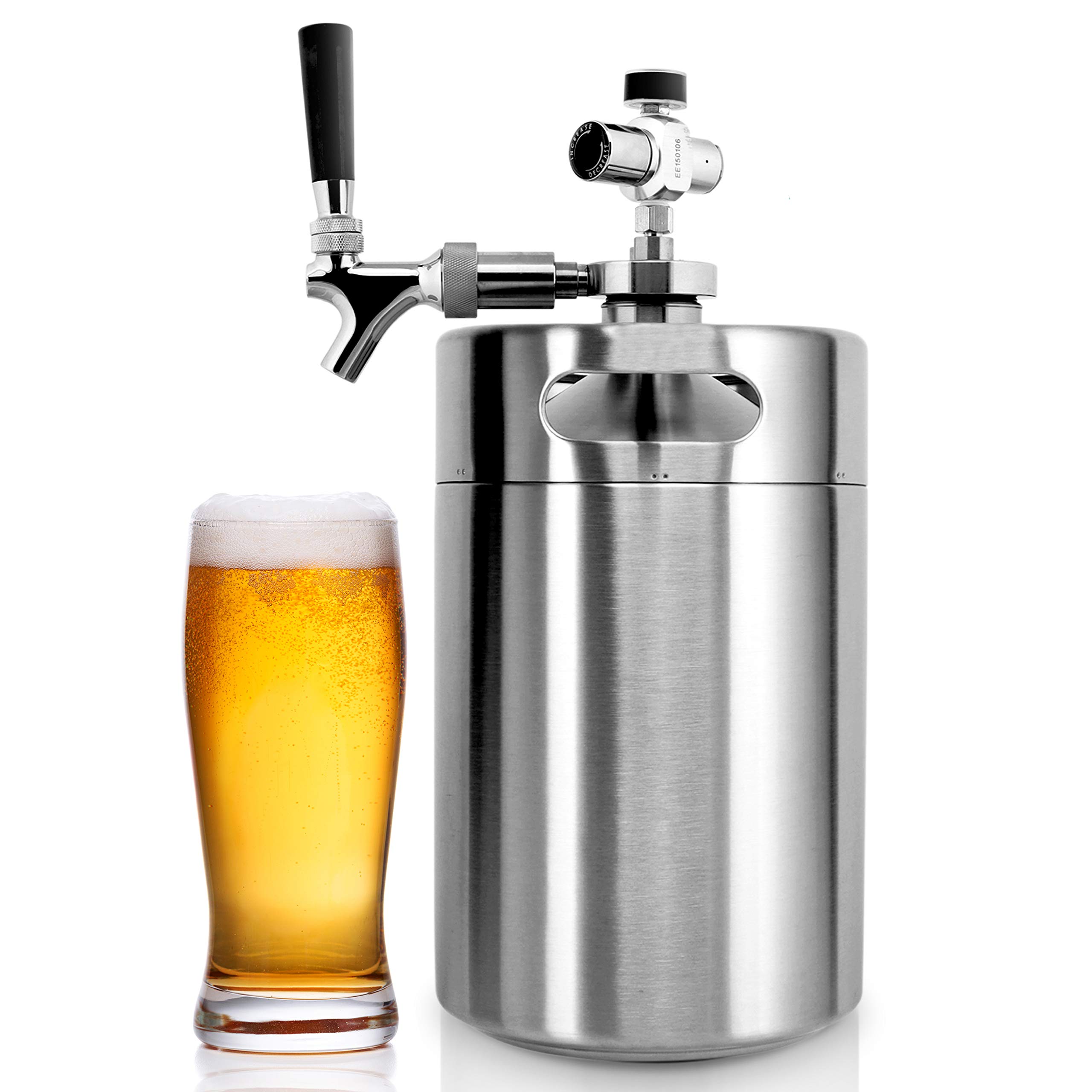

Articles
How Many Beers Are In A Kegerator Keg
Modified: January 6, 2024
Discover the answer to how many beers are in a kegerator keg in this informative article. Gain valuable insights and knowledge on keg sizes and beer quantities.
(Many of the links in this article redirect to a specific reviewed product. Your purchase of these products through affiliate links helps to generate commission for Storables.com, at no extra cost. Learn more)
Introduction
Welcome to the wonderful world of kegerators! These handy devices have revolutionized the way we enjoy draft beer at home. But if you’re new to the kegerator scene, you may be wondering just how many beers are in a kegerator keg. Well, you’ve come to the right place. In this article, we will dive deep into the world of kegs and uncover the secrets behind the beer quantities they hold.
Before we delve into the specifics, let’s first have a brief overview of what a kegerator keg actually is. A kegerator is essentially a refrigerator that is specially designed to store and dispense draft beer. It typically features a cooling system, a tap, and a CO2 regulator to keep the beer carbonated.
Now that we have a basic understanding of what a kegerator keg is, let’s explore the standard keg sizes that are commonly used in the beer industry. Different kegs have different capacities, ranging from small residential kegs to larger commercial kegs used in bars and restaurants.
Stick around as we uncover the mysteries of kegerator kegs and answer the burning question: How many beers can you expect to find in a standard keg? Are you ready? Let’s dive in!
Key Takeaways:
- Discover the secrets of kegerator kegs and learn how many beers you can expect in each standard size, from quarter barrels to half barrels, for the ultimate beer-serving experience at home or in commercial settings.
- Uncover the factors affecting beer quantity in a keg, from foam loss to pouring technique, and explore how keg size can indirectly impact beer quality, ensuring a perfectly poured draft beer experience every time.
Read more: How Many Kegs Fit In A Kegerator
What is a Kegerator Keg?
A kegerator keg, also known simply as a keg, is a pressurized container used for storing and dispensing beer. It is a popular method for serving draft beer, as it allows for a continuous flow of beer without the need for individual bottles or cans.
Traditionally, kegs were made of wood and used for storing and transporting various fluids, including beer. However, modern kegs are typically made of stainless steel or aluminum, which are more durable and resistant to corrosion.
These kegs come in various sizes to accommodate different needs. The most common sizes for kegerator kegs are the quarter barrel, half barrel, and sixth barrel.
- The quarter barrel, also known as a pony keg, holds approximately 7.75 gallons or 82 standard beers.
- The half barrel, also known as a full-size keg, holds around 15.5 gallons or 165 standard beers.
- The sixth barrel, also known as a sixtel, holds about 5.16 gallons or 55 standard beers.
The size of the keg often depends on the purpose it serves. For instance, smaller kegs like the sixth barrel are commonly used for home kegerators or smaller gatherings, while larger kegs like the half barrel are frequently found in commercial settings like bars and restaurants.
Now that we have a better understanding of what a kegerator keg is, let’s move on to the next section to discover just how many beers you can expect to find in a standard keg.
Standard Keg Sizes
When it comes to kegerator kegs, there are several standard sizes that are commonly used in the beer industry. Understanding these sizes will give you a better idea of how much beer you can expect to find in a keg.
1. Quarter Barrel (Pony Keg): This is the smallest keg size commonly used for kegerators. It holds approximately 7.75 gallons or 82 standard beers. The quarter barrel keg is perfect for small gatherings or home use, providing enough beer to keep your guests satisfied without taking up too much space.
2. Half Barrel (Full-Size Keg): The half barrel keg is the most common keg size you’ll find in commercial establishments like bars and restaurants. It holds around 15.5 gallons or 165 standard beers. This size is ideal for larger parties or events where there is a higher demand for beer.
3. Sixth Barrel (Sixtel): The sixth barrel keg is a popular choice for home kegerators due to its smaller size. It holds about 5.16 gallons or 55 standard beers. This size is often preferred by beer enthusiasts who want to enjoy a variety of beers without committing to a larger keg.
Keep in mind that these are the most common keg sizes, but there are also specialty kegs available for specific purposes. For example, there are slim quarter barrels that are taller and narrower, and there are also mini kegs that hold around 1.3 gallons or 14 standard beers.
Understanding the various keg sizes is essential when planning for events or purchasing a kegerator. It allows you to gauge the amount of beer you will need to serve your guests and ensures that you have the appropriate keg size to meet your requirements.
Now that we know the standard keg sizes, let’s explore just how many beers you can expect to find in each keg.
How Many Beers in a Standard Keg?
The number of beers in a standard keg depends on the keg size. While there are variations among different brands and types of beer, we can provide a general estimate based on industry standards.
Here’s a breakdown of the approximate number of beers you can expect to find in each standard keg size:
- Quarter Barrel (Pony Keg): This smaller keg size holds around 7.75 gallons or 82 standard beers. This means you can pour approximately 82 12-ounce servings of beer from a quarter barrel.
- Half Barrel (Full-Size Keg): The most common keg size used in commercial establishments, the half barrel keg, holds about 15.5 gallons or 165 standard beers. With a full-size keg, you can pour roughly 165 12-ounce servings of beer.
- Sixth Barrel (Sixtel): The sixth barrel keg, which is popular for home use, holds approximately 5.16 gallons or 55 standard beers. This means you can expect to pour around 55 12-ounce servings of beer from a sixtel keg.
It’s important to note that these estimates are based on standard 12-ounce servings of beer. If you’re serving larger or smaller servings, the number of beers will vary accordingly.
Additionally, it’s worth mentioning that there may be slight variations in the actual quantity of beer in a keg due to factors such as foam loss, beer temperature, carbonation level, and pouring technique. However, these estimates provide a good guideline to help you plan for your events or kegerator usage.
Now that you have a better understanding of how many beers you can expect to find in a standard keg, let’s explore the factors that can affect beer quantity in more detail.
Factors Affecting Beer Quantity
While we have provided estimates on the number of beers you can expect to find in a standard keg, it’s important to note that there are several factors that can affect the actual quantity of beer. Understanding these factors will help you better manage your kegerator and ensure you have an accurate estimation of beer quantity.
1. Foam Loss: When pouring beer from a keg, a certain amount of beer is lost to foam. Factors such as improper pouring technique, temperature, and carbonation level can contribute to excessive foam. To minimize foam loss, it’s important to pour the beer at an appropriate angle with a slow and controlled flow.
2. Beer Temperature: The temperature at which beer is stored and served can impact the overall volume in a keg. Carbonated beverages, including beer, tend to expand when they are warmer. This expansion can lead to a slight increase in volume, resulting in a difference in the actual quantity of beer compared to a colder temperature.
3. Carbonation Level: The level of carbonation in the beer can also affect the volume. Over-carbonated beer may result in excess foam while under-carbonated beer may offer less expansion and a slightly lower volume. Properly carbonating the beer according to the recommended guidelines will help maintain the intended volume.
4. Pouring Technique: The way you pour your beer can influence the amount of beer you actually get from a keg. It’s crucial to have a steady and controlled pour, minimizing unnecessary agitation that could lead to excessive foam or spillage. A proper pouring technique ensures you get as much beer as possible from the keg.
5. Keg Size Variations: While we have discussed standard keg sizes, it’s important to note that there may be slight variations in size among different brands or types of kegs. These variations can stem from manufacturing differences or regional standards. It’s always a good idea to check the specifications of the specific keg you are using to get a more accurate estimate of beer quantity.
By taking these factors into account, you can have a better understanding of the potential variations in the actual quantity of beer in a keg. This knowledge will help you manage your kegerator more effectively and ensure an optimal beer-drinking experience.
Next, let’s explore how you can calculate the number of beers in a keg based on the keg size and your desired serving size.
To determine how many beers are in a kegerator keg, you can use a simple formula: keg size (in gallons) multiplied by 128, then divided by the size of the beer serving (in ounces). This will give you the approximate number of beers in the keg.
Read more: How Many Soda Kegs Can Fit In A Kegerator
How to Calculate the Number of Beers in a Keg
If you want to calculate the number of beers you can expect to get from a keg based on your desired serving size, follow these steps:
- Determine the keg size: Start by identifying the keg size you have or plan to purchase. This could be a quarter barrel, half barrel, or sixth barrel, as discussed earlier.
- Convert keg volume to ounces: To calculate the total volume of beer in the keg, convert the keg size from gallons to ounces. For example, a quarter barrel is approximately 7.75 gallons, which equals approximately 992 ounces (7.75 x 128).
- Choose your serving size: Decide on the serving size you prefer. Most commonly, beer is served in 12-ounce increments, but you can choose a different size if desired.
- Calculate the number of beers: Divide the total volume of the keg (in ounces) by your chosen serving size to find the number of beers you can pour from the keg. For example, if you have a half barrel keg with a volume of 1984 ounces (15.5 gallons) and you’re serving 12-ounce beers, you can pour approximately 165 beers (1984 ÷ 12).
Keep in mind that these calculations provide an estimate and may not account for factors such as foam loss and variations in keg size. However, they serve as a useful guideline to help you plan for your kegged beer needs.
It’s worth noting that different serving sizes may impact the number of beers you can pour from a keg. If you’re serving larger pours, such as 16 or 20 ounces, the total number of beers will decrease. On the other hand, smaller serving sizes, like 8 ounces, will yield more beers from the keg.
By using this calculation method, you can determine how many beers you can expect to get from a keg and ensure you have enough beer for your upcoming event or gathering.
Next, let’s explore how keg dispensing systems and variables can affect the volume of beer you get from a keg.
Keg Dispensing Systems and Variation in Beer Volume
When it comes to keg dispensing, the type of system you use can influence the volume of beer you get from a keg. Different dispensing systems have unique characteristics that can affect the amount of beer poured. Let’s explore some of these systems and the variations they may introduce:
1. Traditional Tap System: The traditional tap system, also known as a gravity-fed system, uses air pressure generated by the keg’s natural carbonation to push the beer out. This system tends to pour with less force, resulting in a slower flow and reduced foam. As a result, you may get slightly more beer per pour compared to systems with higher pressure.
2. CO2 Pressurized System: The most common dispensing system used in kegerators and commercial settings is the CO2 pressurized system. This system uses carbon dioxide (CO2) gas to push the beer out of the keg. The pressure can be regulated to control the rate of pour and maintain proper carbonation. However, due to the higher pressure, there may be more foam generated during pouring, resulting in slightly less beer per pour compared to a traditional tap system.
3. Nitro Cold Brew System: Nitro cold brew systems, often used for serving nitrogen-infused beers, employ a blend of nitrogen and carbon dioxide to dispense the beer. This system typically requires higher pressure and utilizes a special tap nozzle that creates a creamy texture and cascading effect. The increased pressure and unique pouring technique may result in a bit more foam and slightly reduced beer volume per pour.
It’s important to note that the variation in beer volume due to different dispensing systems is generally minor. The overall impact on the total quantity of beer in a keg is usually negligible. However, it’s worth considering when planning for events or evaluating the consistency of beer pouring.
Additionally, factors such as CO2 regulator settings, tap line length, temperature control, and the cleanliness of the dispensing system can also play a role in the volume of beer poured. Proper maintenance of your kegerator and adherence to recommended serving practices will help minimize variations and ensure a consistent beer-drinking experience.
Now that we’ve explored keg dispensing systems and the potential variations in beer volume, let’s address one final question: Can keg size affect beer quality?
Can Keg Size Affect Beer Quality?
The keg size itself does not directly affect the quality of the beer. The quality of the beer primarily relies on factors such as the brewing process, ingredients used, and proper storage and handling. However, the keg size can indirectly impact the beer quality in certain situations.
1. Shelf Life: Smaller keg sizes, such as sixth barrels or mini kegs, have a smaller volume of beer. This can result in a shorter shelf life compared to larger kegs. With less beer in the keg, there is a higher ratio of air to beer, which can accelerate the oxidation process and negatively impact the beer’s taste and freshness over time. It’s important to consume the beer from smaller kegs within a reasonable timeframe to ensure optimal flavor.
2. Frequency of Dispensing: The frequency at which beer is dispensed from a keg can also indirectly affect its quality. Larger kegs, like half barrels, are commonly used in commercial establishments where the beer is consumed at a higher rate. This faster turnover ensures that the beer remains fresh and minimizes the potential for off-flavors caused by prolonged storage. On the other hand, if beer from a smaller keg is not consumed regularly, it may be susceptible to quality degradation over time.
3. Temperature Control: Another aspect to consider is temperature control. Smaller keg sizes have a higher surface area-to-volume ratio, which can make them more sensitive to temperature fluctuations. If the temperature is not properly controlled, it can affect the beer quality by impacting carbonation levels, flavor profiles, and overall stability. It’s important to store and serve beer, regardless of keg size, at the recommended temperature to maintain its quality.
Overall, while the keg size itself does not directly influence beer quality, factors such as shelf life, frequency of dispensing, and temperature control can indirectly impact the taste and freshness of the beer. By ensuring proper storage, handling, and adherence to recommended practices, you can help maintain the highest quality of beer, regardless of the keg size.
Now that we’ve explored the potential impact of keg size on beer quality, let’s conclude our discussion.
Conclusion
In conclusion, understanding the world of kegerator kegs is essential for anyone looking to enjoy draft beer at home or in a commercial setting. We’ve explored various aspects, from the definition of a keg to standard keg sizes and the factors that can affect the quantity and quality of beer.
By now, you should have a good understanding of the different keg sizes and how many beers you can expect to find in each one. Remember, keg sizes range from quarter barrels and half barrels to sixth barrels, and the number of beers can vary based on your chosen serving size.
We’ve also discussed the factors that can impact the actual beer quantity in a keg, such as foam loss, beer temperature, carbonation level, pouring technique, and variations in keg size. These factors are important to consider when estimating how much beer you’ll have available for your gatherings or events.
Additionally, we explored the different keg dispensing systems and how they can introduce variations in beer volume. From traditional tap systems to CO2 pressurized systems and nitro cold brew systems, each system has its unique characteristics that can affect the amount of beer poured.
Finally, we addressed the question of whether keg size can impact beer quality. While the keg size itself does not directly affect quality, considerations such as shelf life, frequency of dispensing, and temperature control can indirectly influence the beer’s taste and freshness.
Now armed with this knowledge, you can confidently navigate the world of kegerator kegs and enjoy a perfectly poured draft beer experience in the comfort of your own home or at your favorite establishments.
Frequently Asked Questions about How Many Beers Are In A Kegerator Keg
Was this page helpful?
At Storables.com, we guarantee accurate and reliable information. Our content, validated by Expert Board Contributors, is crafted following stringent Editorial Policies. We're committed to providing you with well-researched, expert-backed insights for all your informational needs.
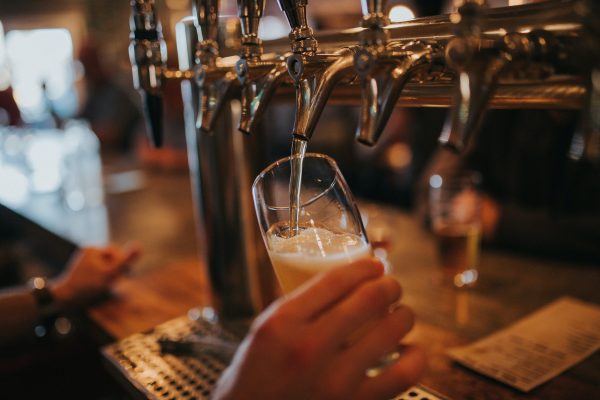
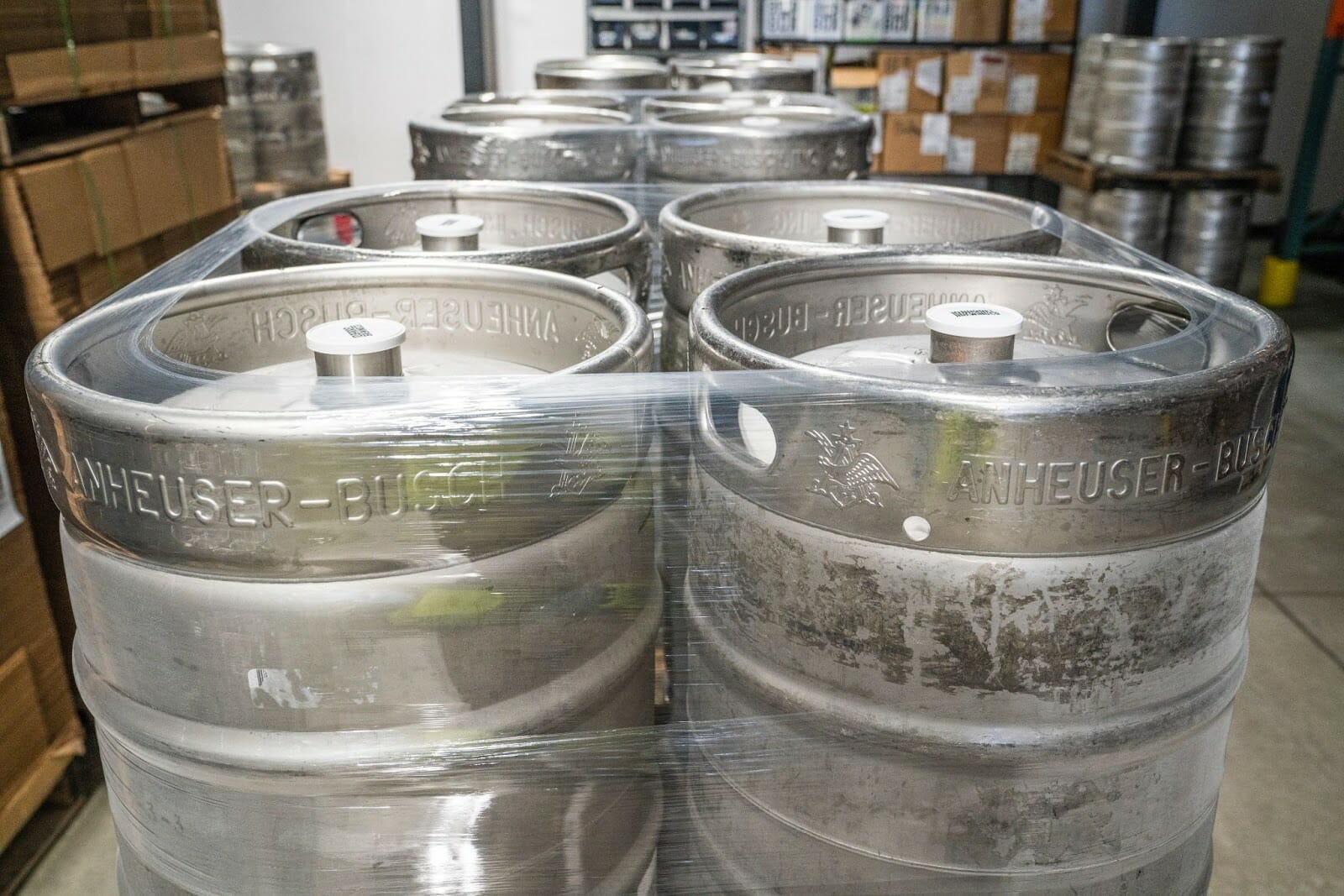
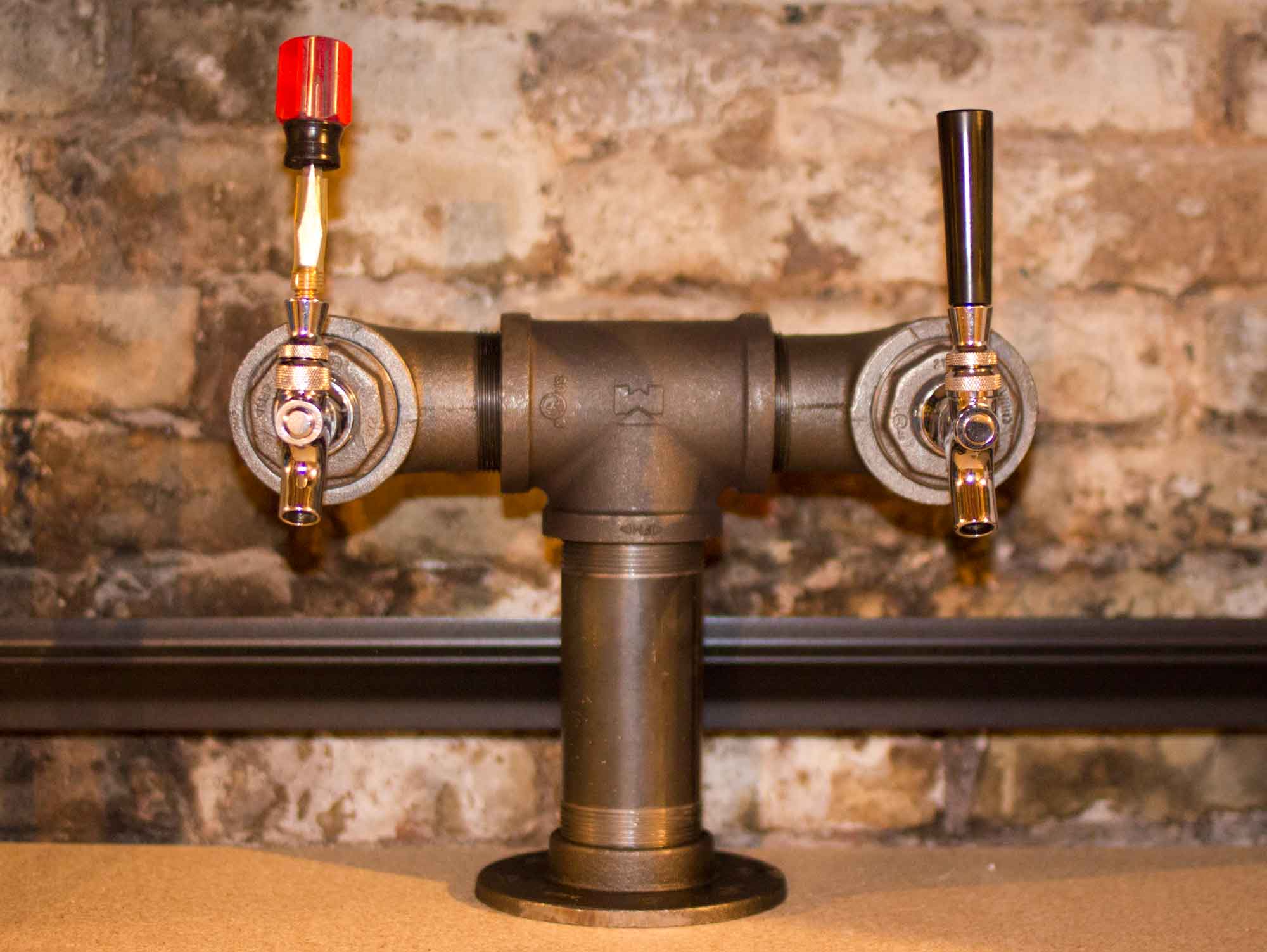
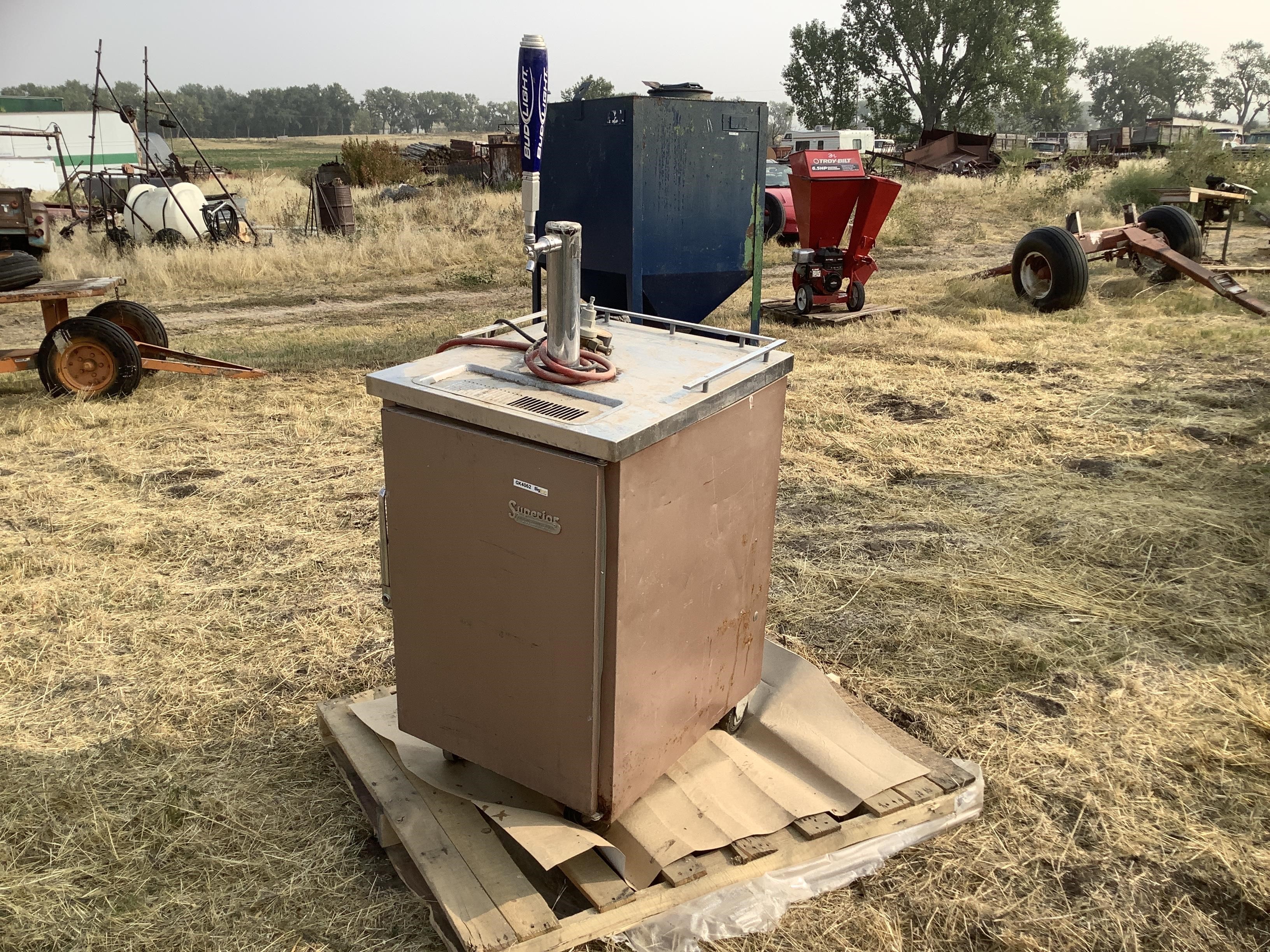
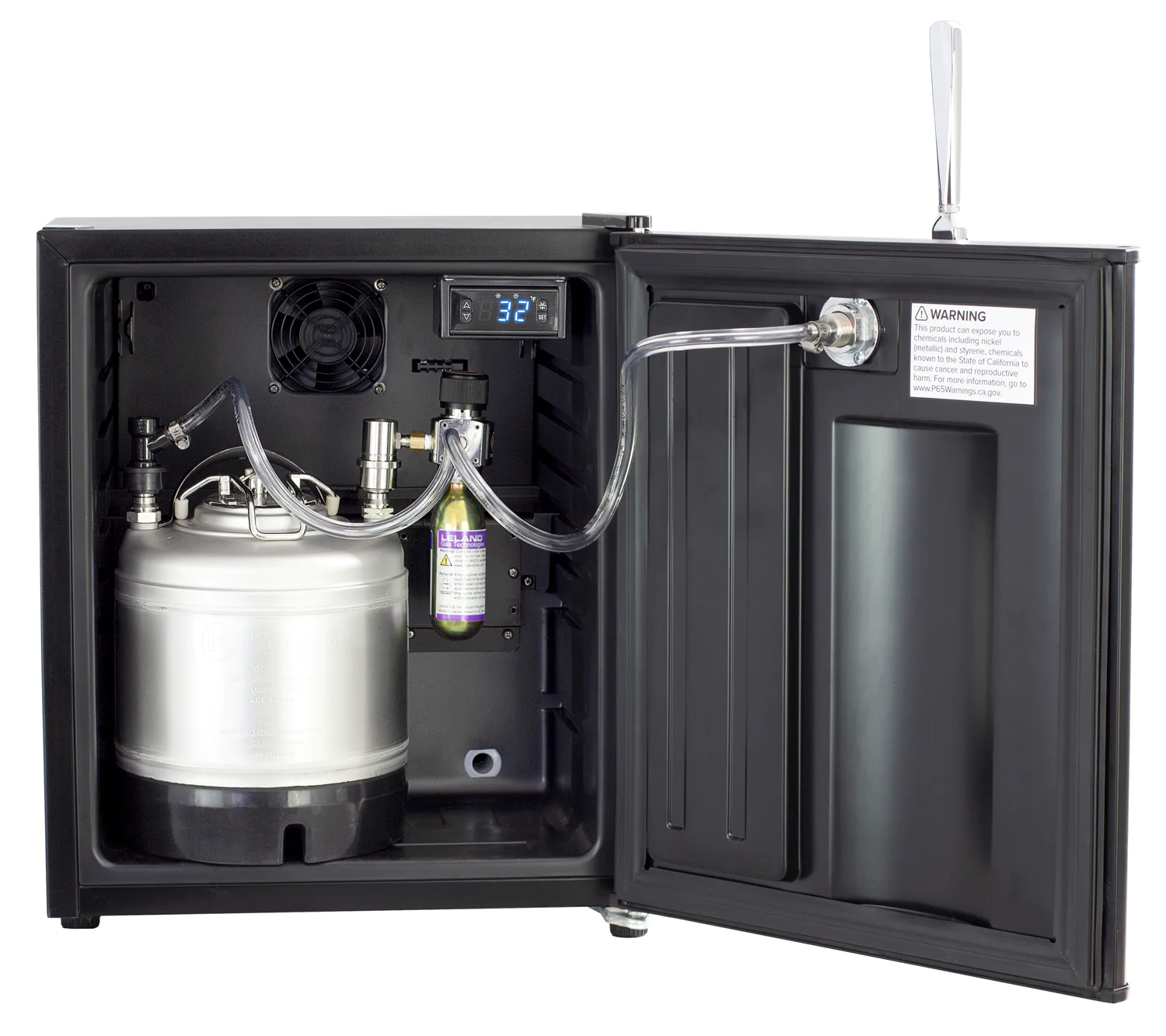
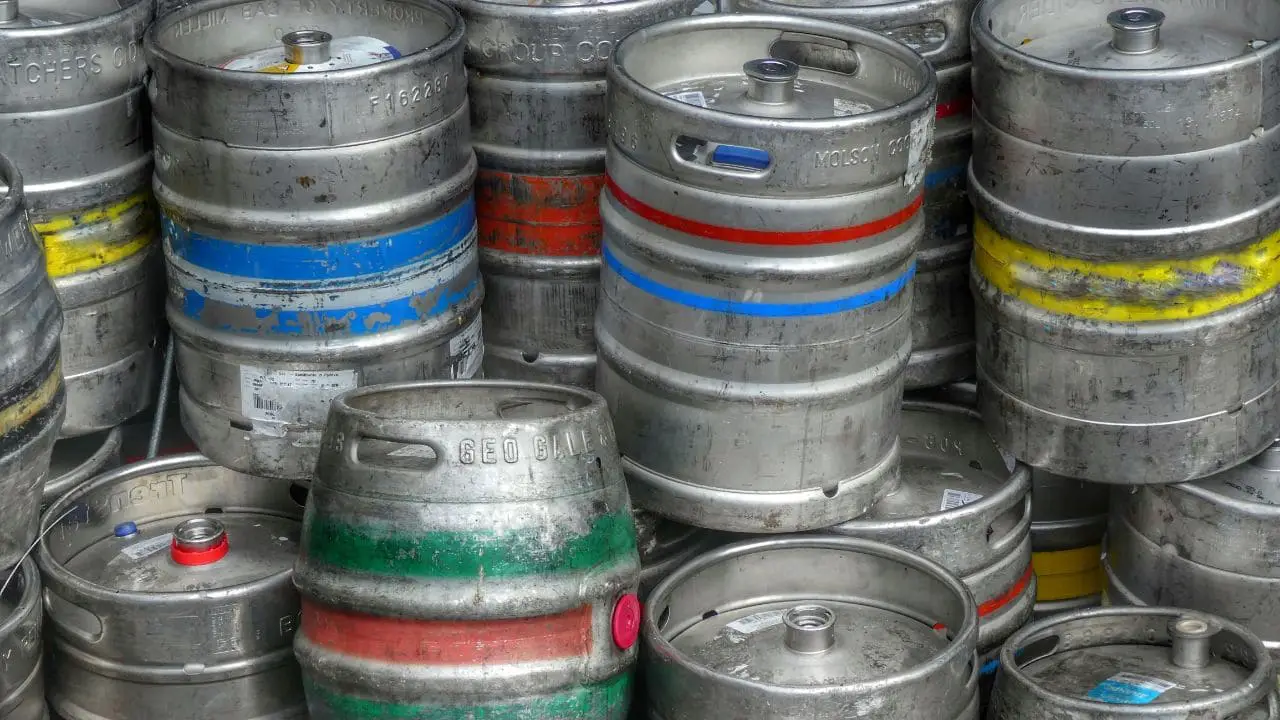
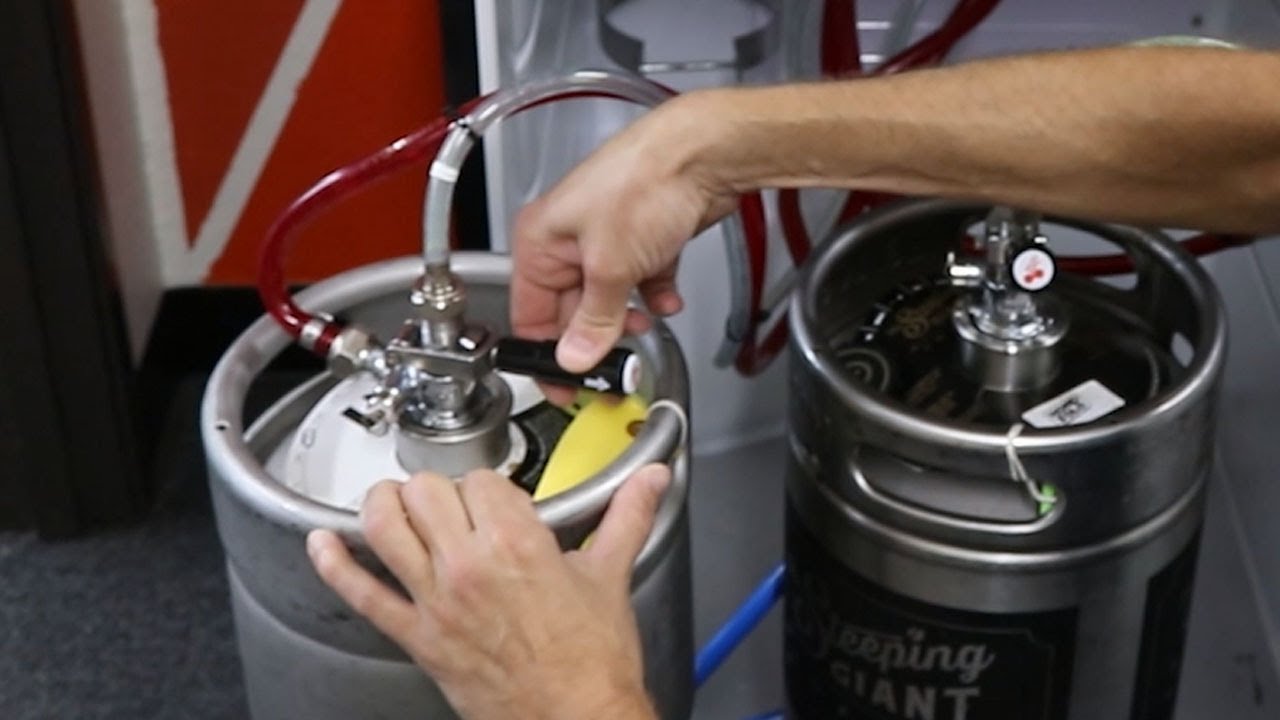
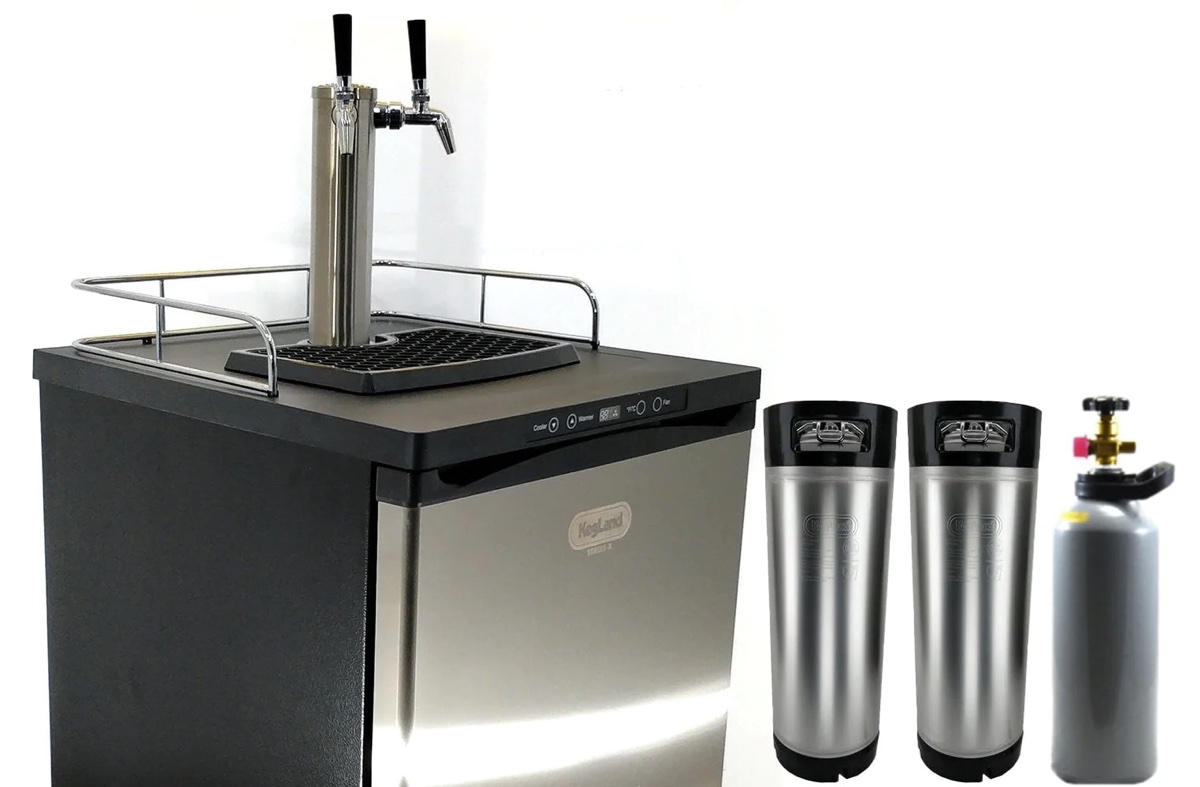
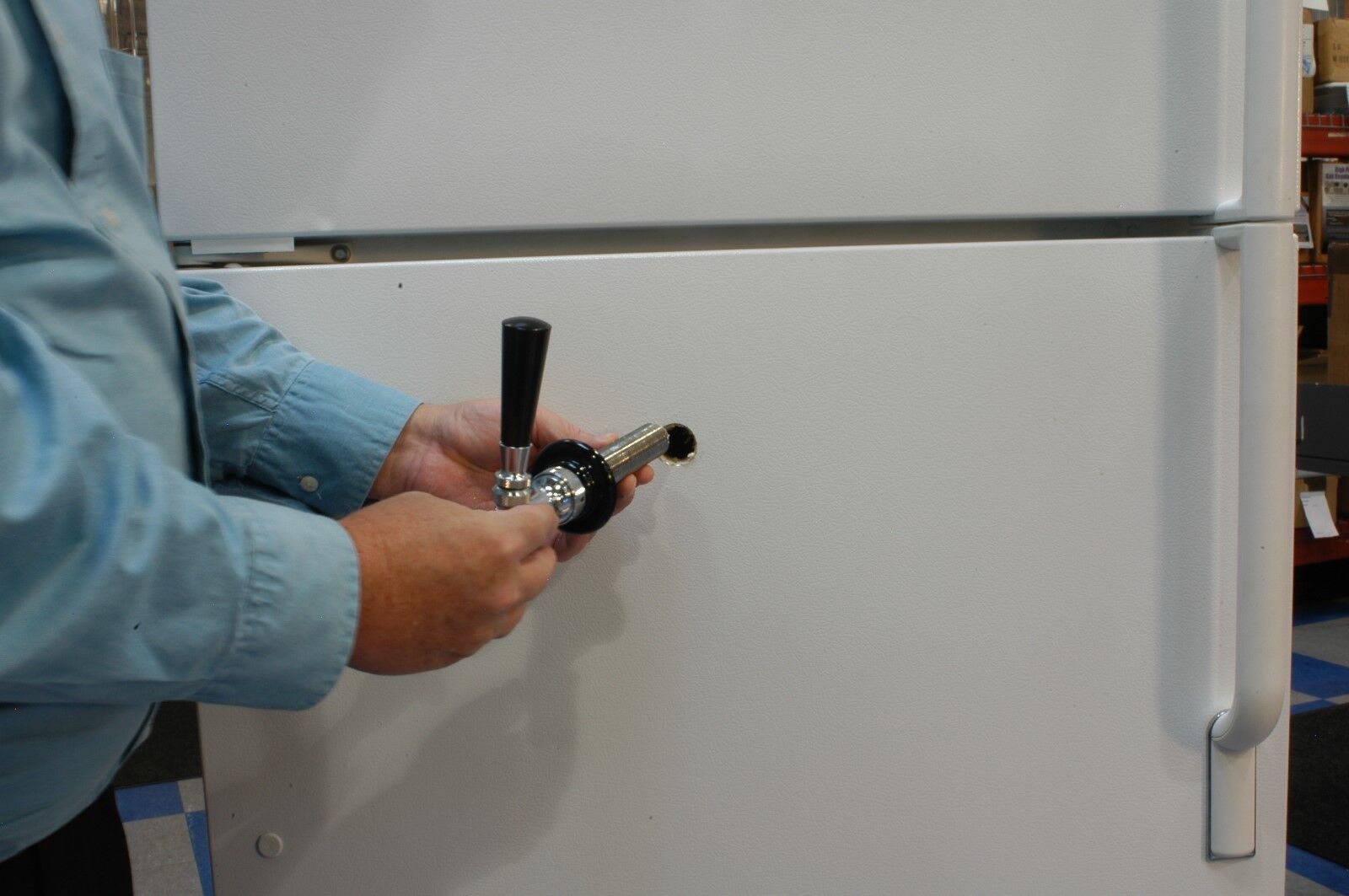
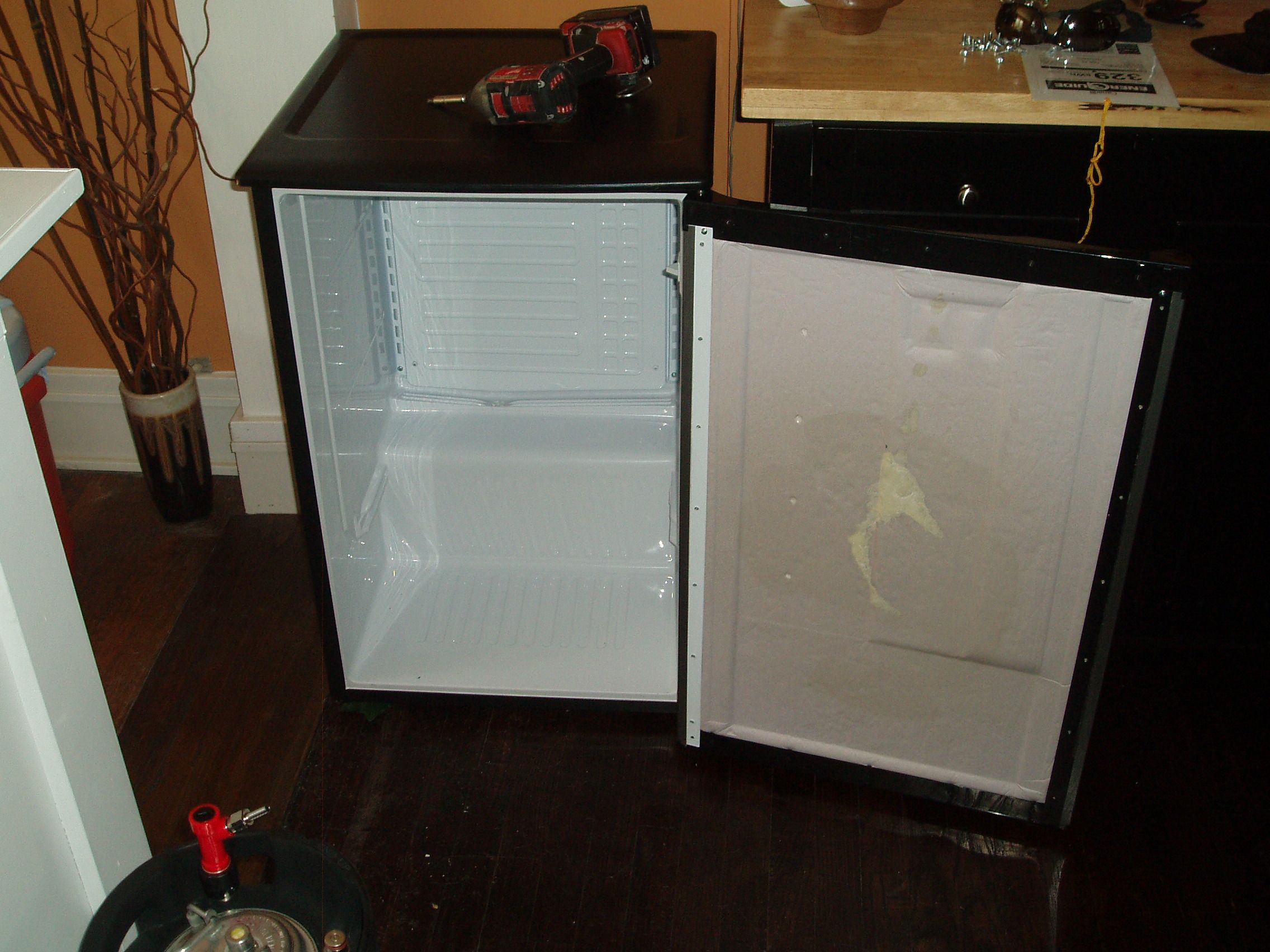
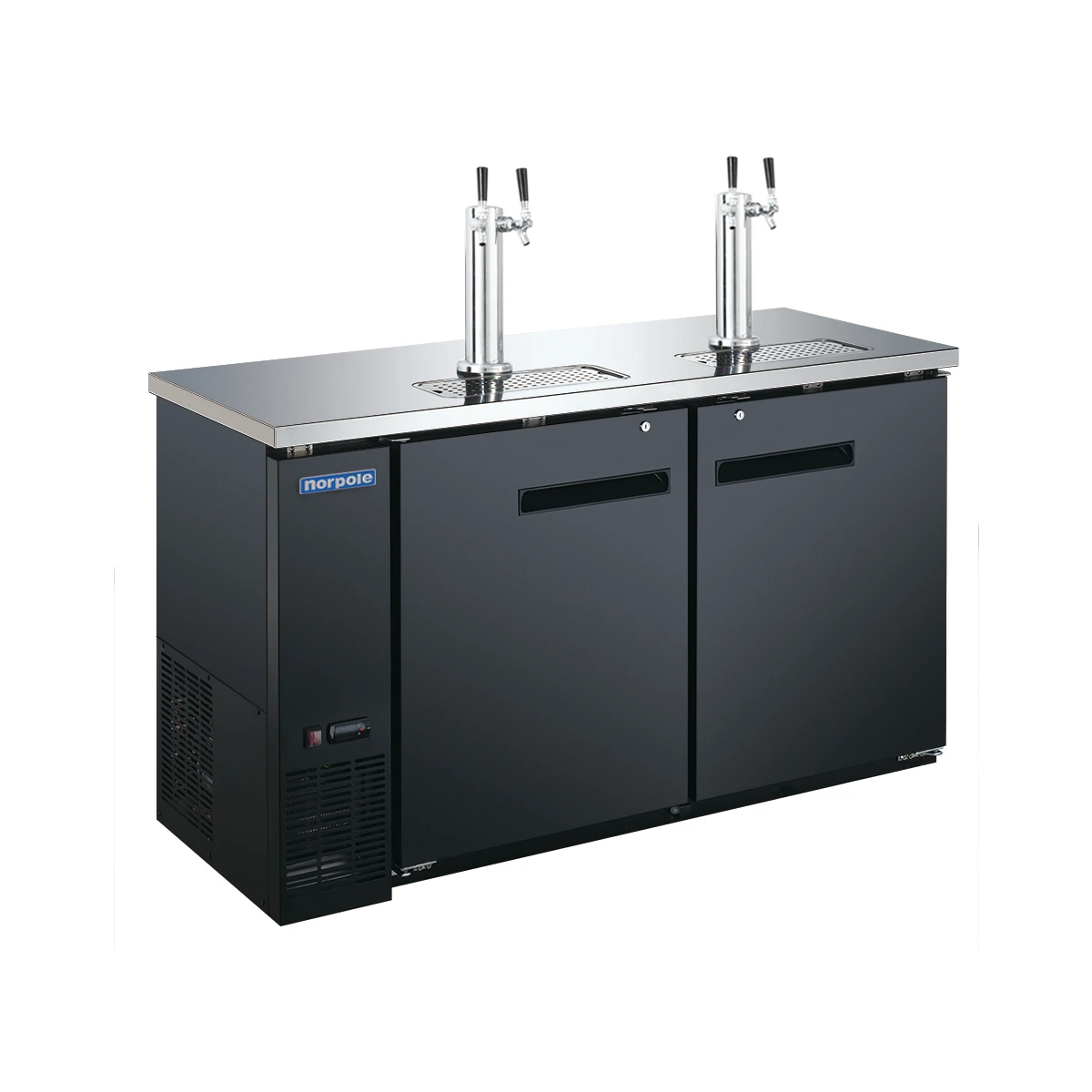
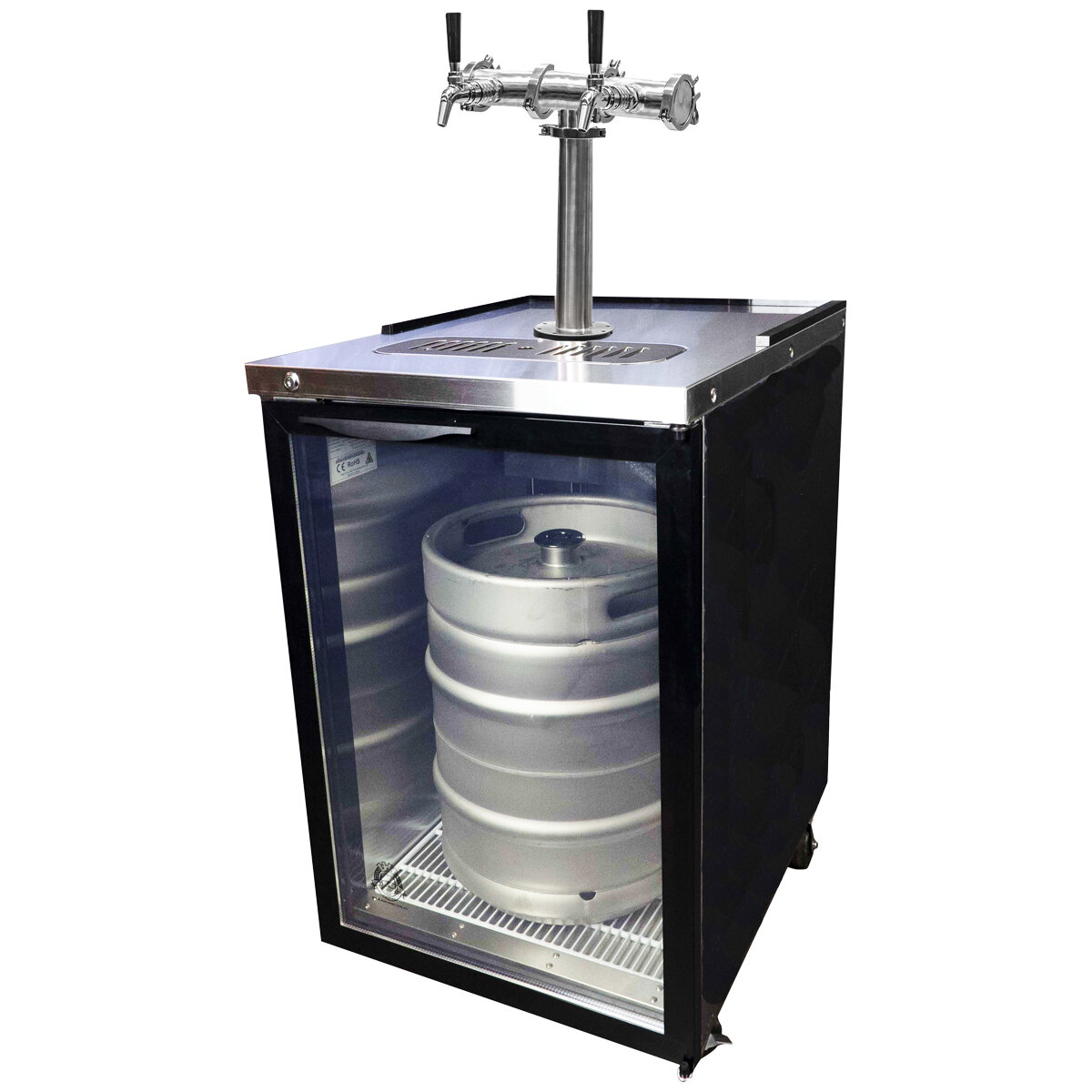
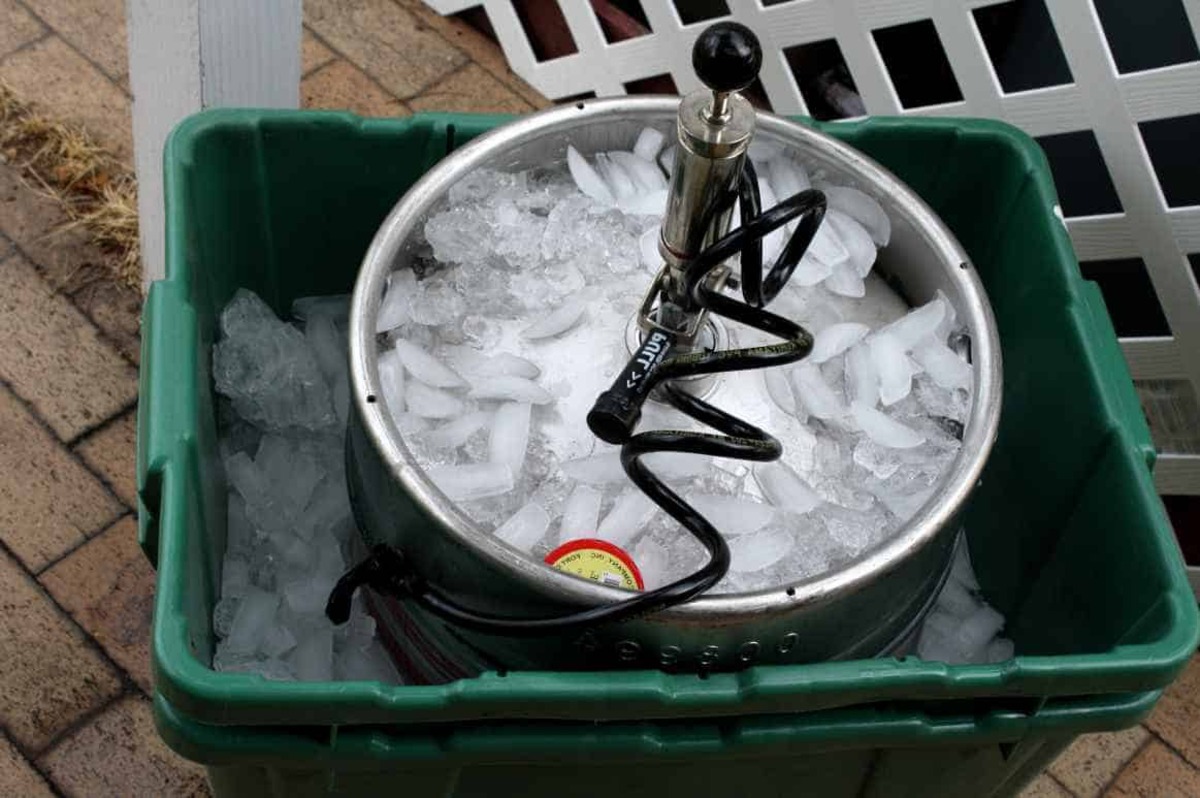
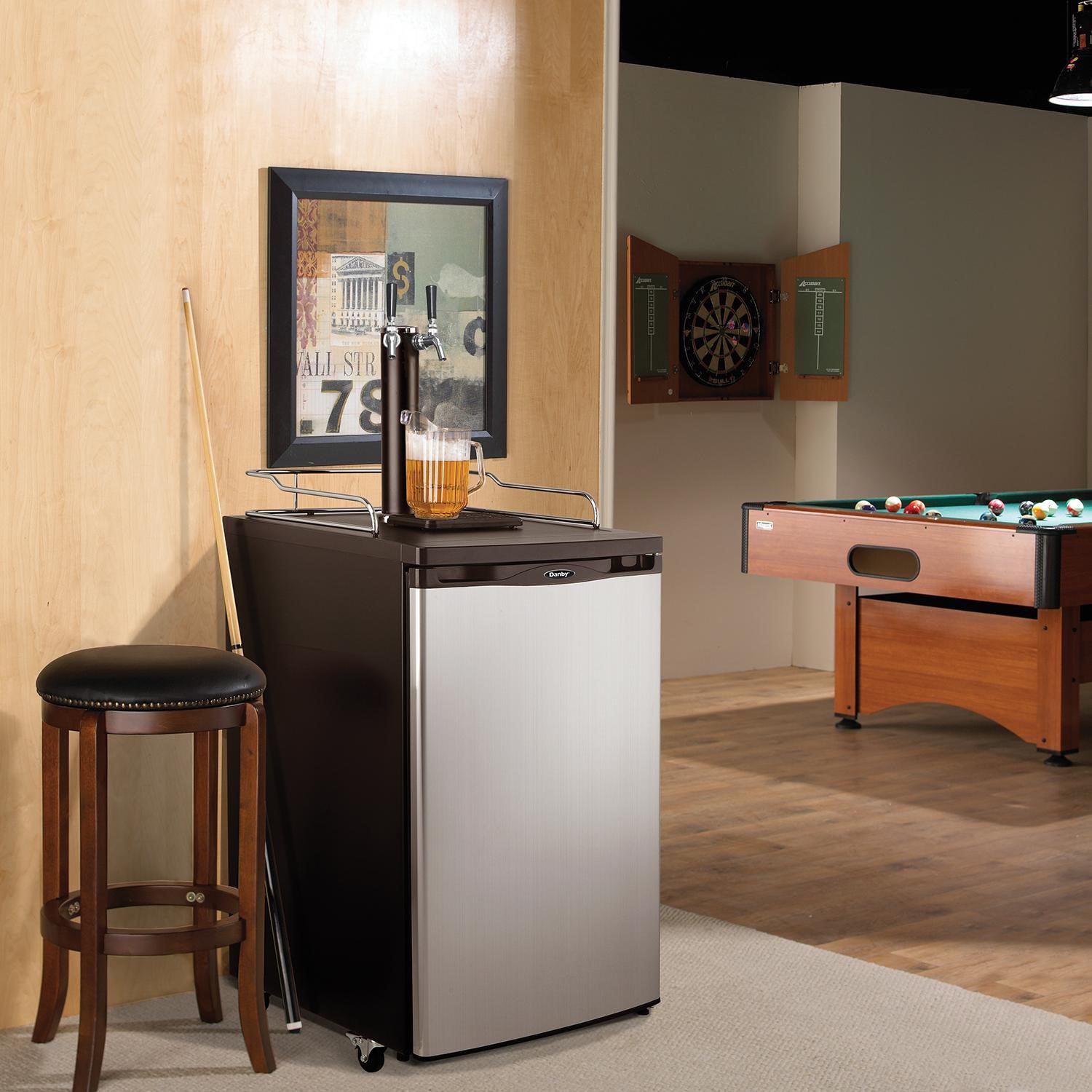

0 thoughts on “How Many Beers Are In A Kegerator Keg”